Why Calgary is Denver’s Rocky Mountain rival
Calgary is the ultimate travel option to the Mile High City with more days of sunshine, close proximity to outdoor adventures in the Rockies, and more.
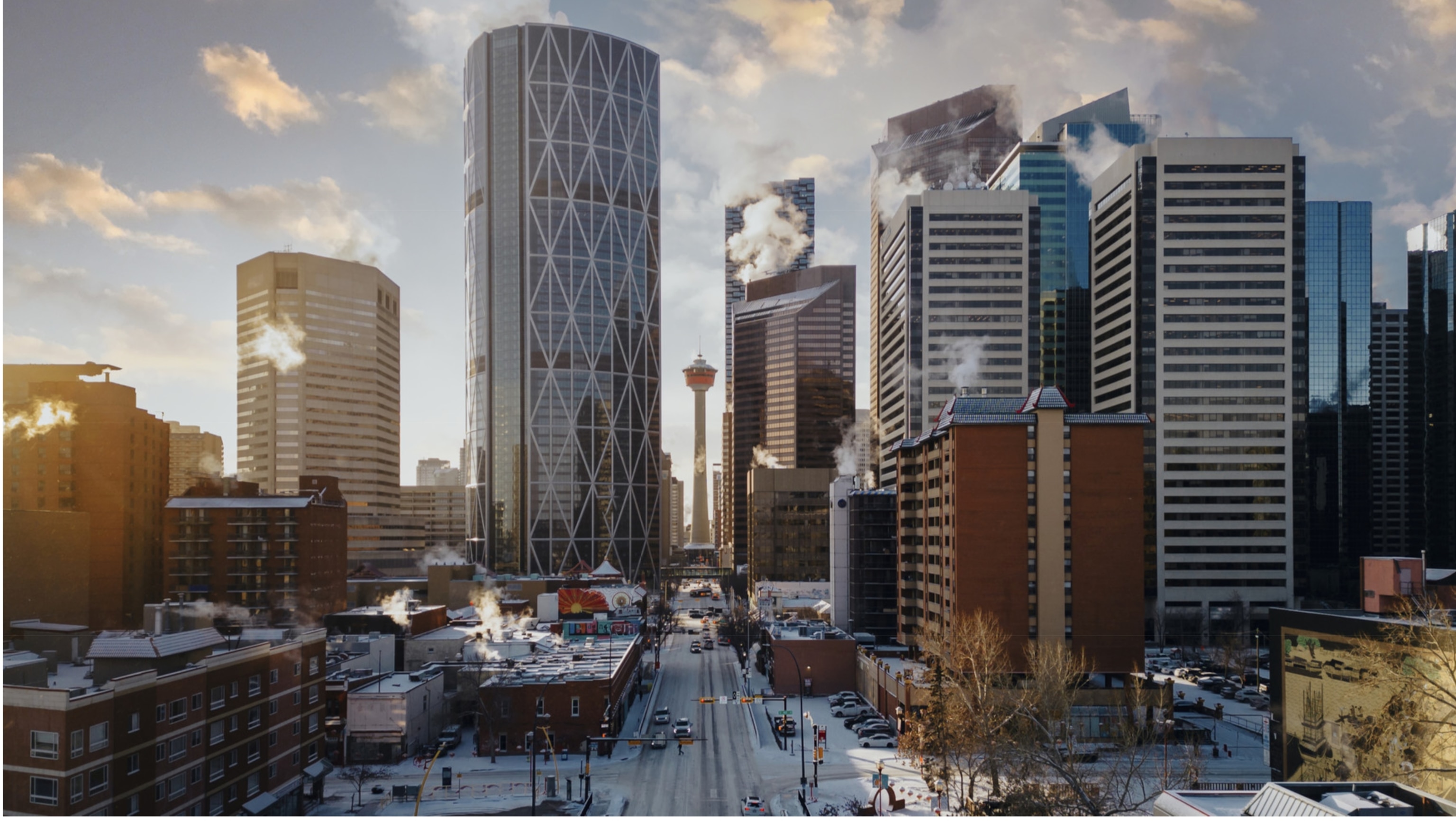
While Denver is arguably North America's best-known mountain metropolis, Canada’s Calgary exudes a similar mix of laid-back lifestyle and outdoor adventures. Could the Alberta town best the Mile High City as a travel destination? Don't expect tussles like those between Yellowstone rivals Beth [Dutton] and Caroline [Warner]. Still, Calgary is quite adept at blending a cowboy culture epitomized by the annual Calgary Stampede, with cosmopolitan flair. Visit and you’ll discover a wide-open, welcoming Western town.
Go for the blue skies and mountain activities
The Rockies, North America’s longest mountain range, frames both cities, but Calgary outshines its southern rival in two ways. While Colorado’s capital likes to boast of its 300 days of sunshine, Calgary counts 333 blue sky days. Geography favors the northern rival, too–the Canadian peaks rise 52 miles from downtown Calgary compared to Denver’s 73-mile schlep to Rocky Mountain National Park. The 1.7 million inhabitants of the Alberta city are lucky enough to live close to the mountains for hiking and skiing.
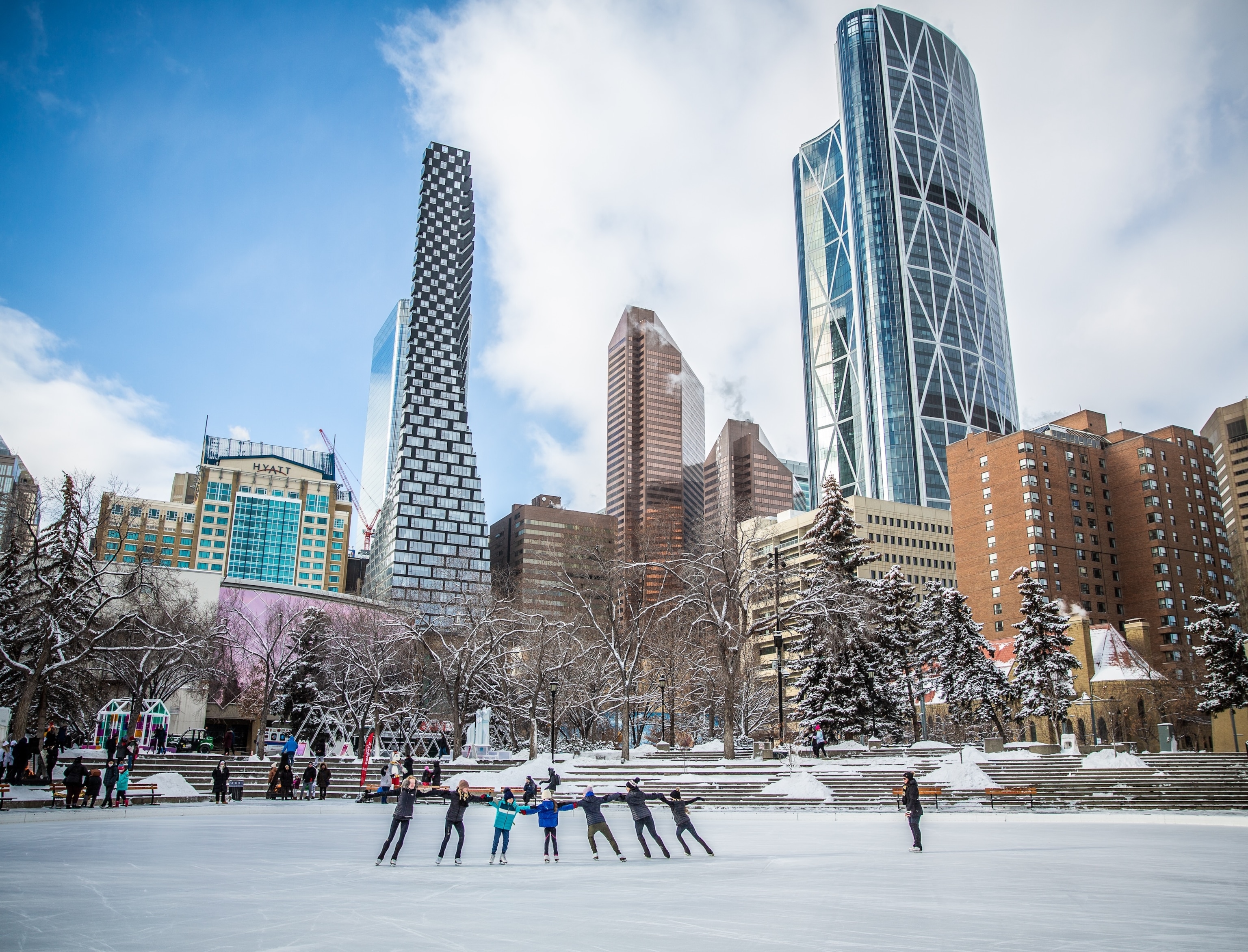
Like Denver, winter activities are popular in Calgary, especially when the Chinook Wind—a warm, dry air mass—flows off the Rockies' eastern slopes bringing milder temperatures and blue skies ideal for outdoor activities. A popular Calgary gathering place, Bowness Park features a shallow lagoon with paddle boats in the summer, and during the colder months, it becomes a free public ice-skating rink.
For winter walking, Nose Hill Park spans 2,688 acres [4.2 square miles] in northwest Calgary, featuring maintained paved pathways with panoramic views of the often snow-covered city and the distant Rocky Mountains. WinSport, a site of Calgary’s Olympic games, just 15 minutes from downtown, is a beginner-friendly hill offering skiing and snowboarding with equipment rentals and lessons. It features a mix of beginner and intermediate runs plus a terrain park—perfect if you want to ski or board without making the hour-and-a-half trip to Banff.
Need to warm up? “Pop into Sidewalk Citizen Bakery for soup with warm bread made from Alberta’s signature red fife wheat, an heirloom grain revered for its flavor,” says cookbook author Karen Anderson, whose Alberta Food Tours introduces travelers to Calgary’s food scene.
(Related: Why you should visit Germany's Potsdam instead of Versailles.)
Explore Calgary’s walkable districts and neighborhoods
Travelers should explore the site of Fort Calgary, now the 40-acre Confluence Historic Site & Parkland, says local author and historian Harry Sanders. “Modern Calgary dates from 1875 with the arrival of the North-West Mounted Police [the red-coated Mounties], but they built their fort—Fort Calgary—on a traditional gathering place for Indigenous peoples, the confluence of the Bow and Elbow rivers,” he says. “The park tells both of those narratives.”
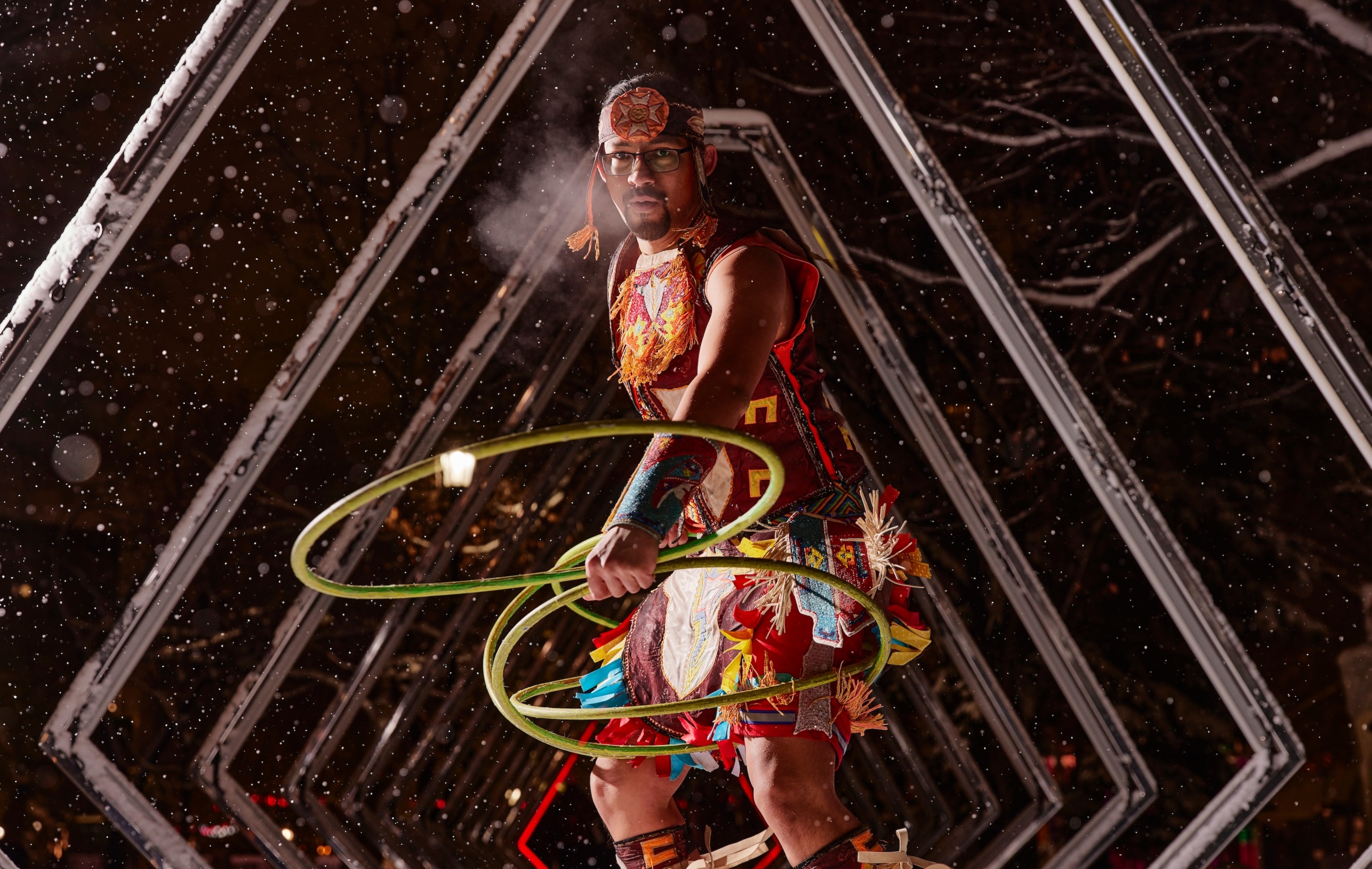
Both cities show off their pioneering spirit in historic downtown districts. While Denver has Larimer Square, established in 1858 during the city’s gold rush, Calgary grew along Stephen Avenue, its first and still primary shopping district where at least 15 sandstone buildings dating from the late 19th and early 20th centuries gave it the nickname “Sandstone City.” Now a pedestrian mall, it’s packed with galleries, stores, and restaurants.
For authentic Western wear, head to historic Inglewood where Smithbilt Hats, founded in 1912, crafts the white cowboy hats that have become Calgary's global symbol, with traditional felt versions sporting a cattleman crown. Also worth a stop: Alberta Boot, founded in 1978, invites visitors to watch artisans craft cowboy boots while sipping whiskey—or even try their hand at cobbling themselves.
Calgary prides itself in the historic and walkable neighborhoods that surround downtown. Like Denver’s Highlands, Bridgeland-Riverside's independent stores and trendy restaurants offer travelers a mix of Queen Anne Revival, Edwardian, and modern homes. The Wilder Institute/Calgary Zoo and the TELUS Spark Science Centre are also in this neighborhood. Once called “Germantown,” by its original settlers, the neighborhood also nourished Ukrainian and Italian immigrants, eventually becoming attractive to urban professionals.
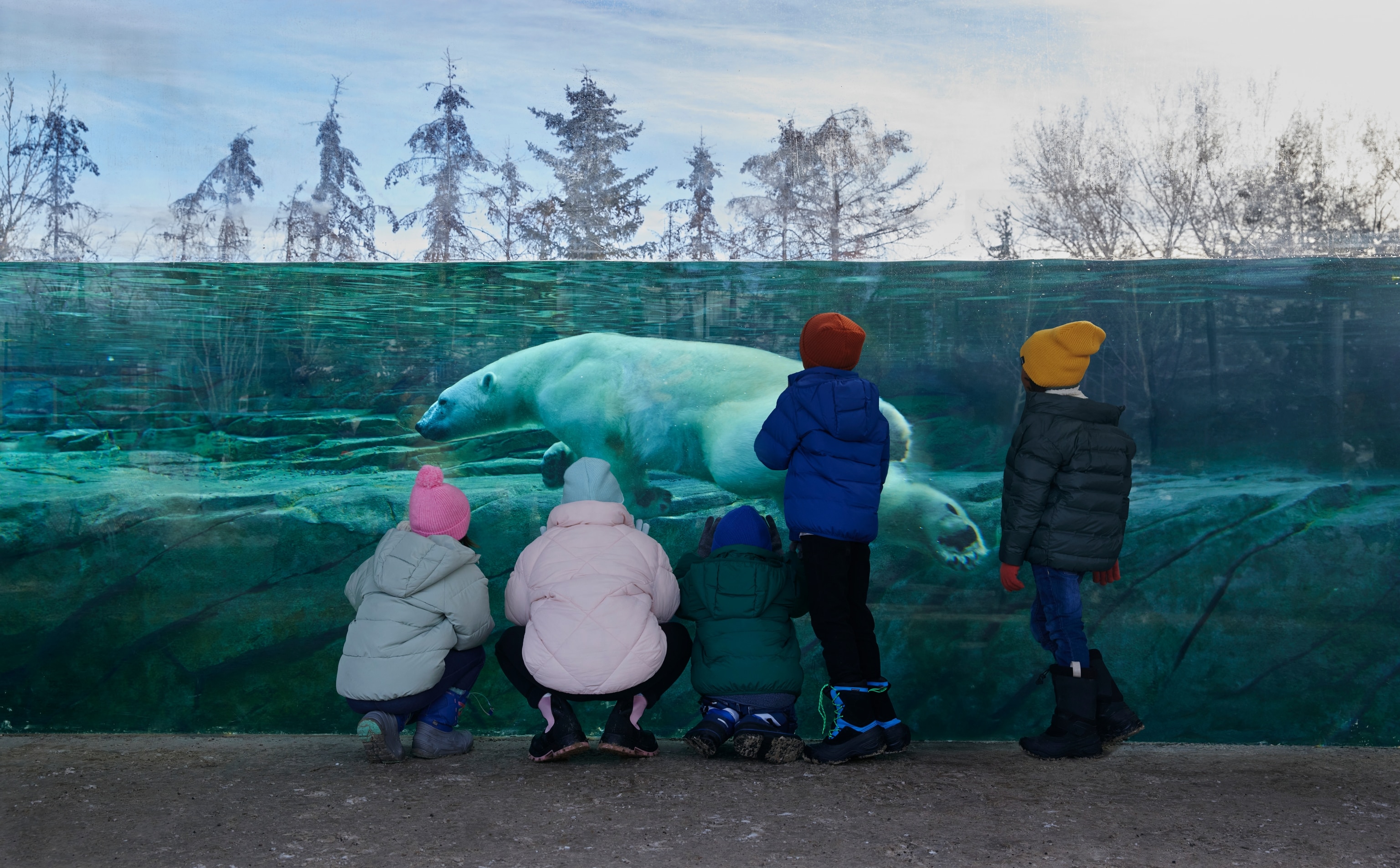
Related: Want to visit Roman ruins? This German town is a must-visit alternative.)
Dive into Calgary’s culinary scene
The city’s culinary scene, like Denver's, blends innovation with Western heritage, but draws uniquely from Alberta's agricultural roots, says Anderson. Two standouts showcase this fusion: Rouge, set in a pioneering cattleman’s Inglewood home, and River Café on Prince's Island Park in the Bow River. "Their chefs elevate signature Alberta ingredients—including beef, honey, root vegetables, and native Saskatoon berries—these tiny, intense blueberries you'll only find here," she says.
Indigenous cuisine adds another distinctive layer to Calgary's food scene. At the Tsuut'ina Nation's Little Chief restaurant, traditional ingredients tell the story of the land. Order their bison burger or traditional fried bread with mashed potatoes, and you’re tasting a bit of their history. Anderson says, "Buffalo roamed these plains for 135,000 years before cattle arrived in 1875."
Denver was early to artisan brewing, but Calgary's beer scene taps into something unique. "Alberta grows 50 percent of the world's barley, and Calgary is a microbrewery paradise," says Anderson. The city's 40-plus craft breweries include seven award-winners clustered along the Manchester Ale Trail in a southeast industrial neighborhood.
Experience Calgary after dark in the Beltline neighborhood
For nightlife, Denver has LoDo, a formerly gritty district northwest of downtown that transformed itself into that city’s premier entertainment district. Calgary has SoDo, or South of Downtown, part of the larger Beltline, a neighborhood filled with bars, dance halls, and restaurants, especially around 17th Avenue. Named for a one-time streetcar route, the Beltline blossomed by the 21st century as a place to live and play. The neighborhood features the urban site Pixel Park, featuring 21st-century accouterments with skateboard ramps and EV chargers.
Where to stay in Calgary
Sanders recommends two hotels important to the city’s history. Built in 1914 by the Canadian Pacific Railway, the 12-story Fairmont Palliser is the icon. “For years the Palliser was too good for Calgary,” he says. “Its profile among the rougher Western buildings prompted one critic to say it resembled ‘a Grecian statue on a clam flat.’”
The Westin Calgary opened in 1964 riding the oil boom—the Mid-Century-Modern 525-room hotel figures into the birth of a uniquely Canadian cocktail, the Caesar. Resembling a Bloody Mary but flavored with clam broth, the drink, first concocted by a hotel employee in 1969, became a national obsession.
“The Caesar is uniquely Calgary,” Sanders says. “And like the city, it brashly made a name for itself. I don’t know Denver, but I don't underestimate Calgary if the two ever went head-to-head for travelers searching for the true West.”
(Related: Here's why you should visit Milos instead of Santorini, Greece.)
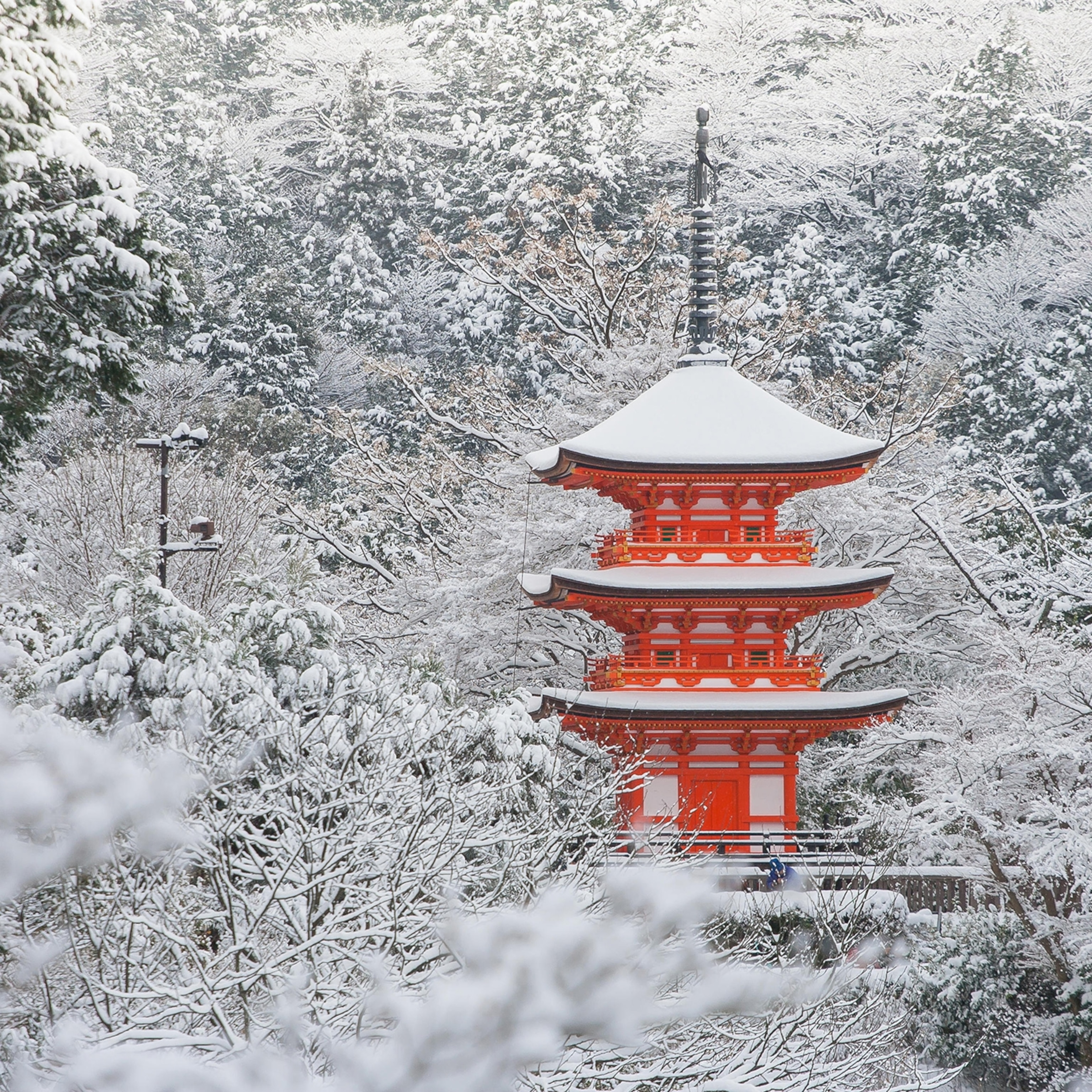
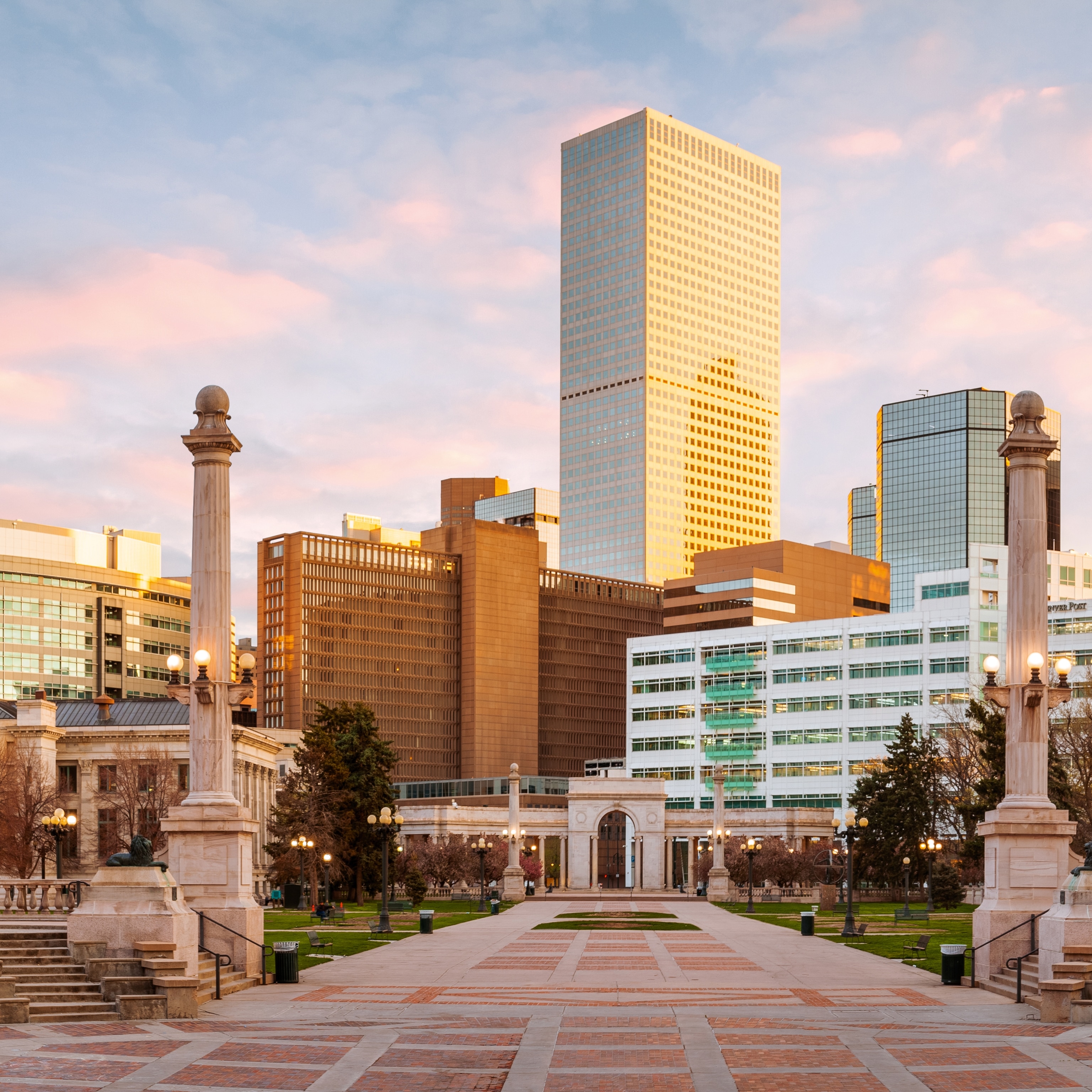


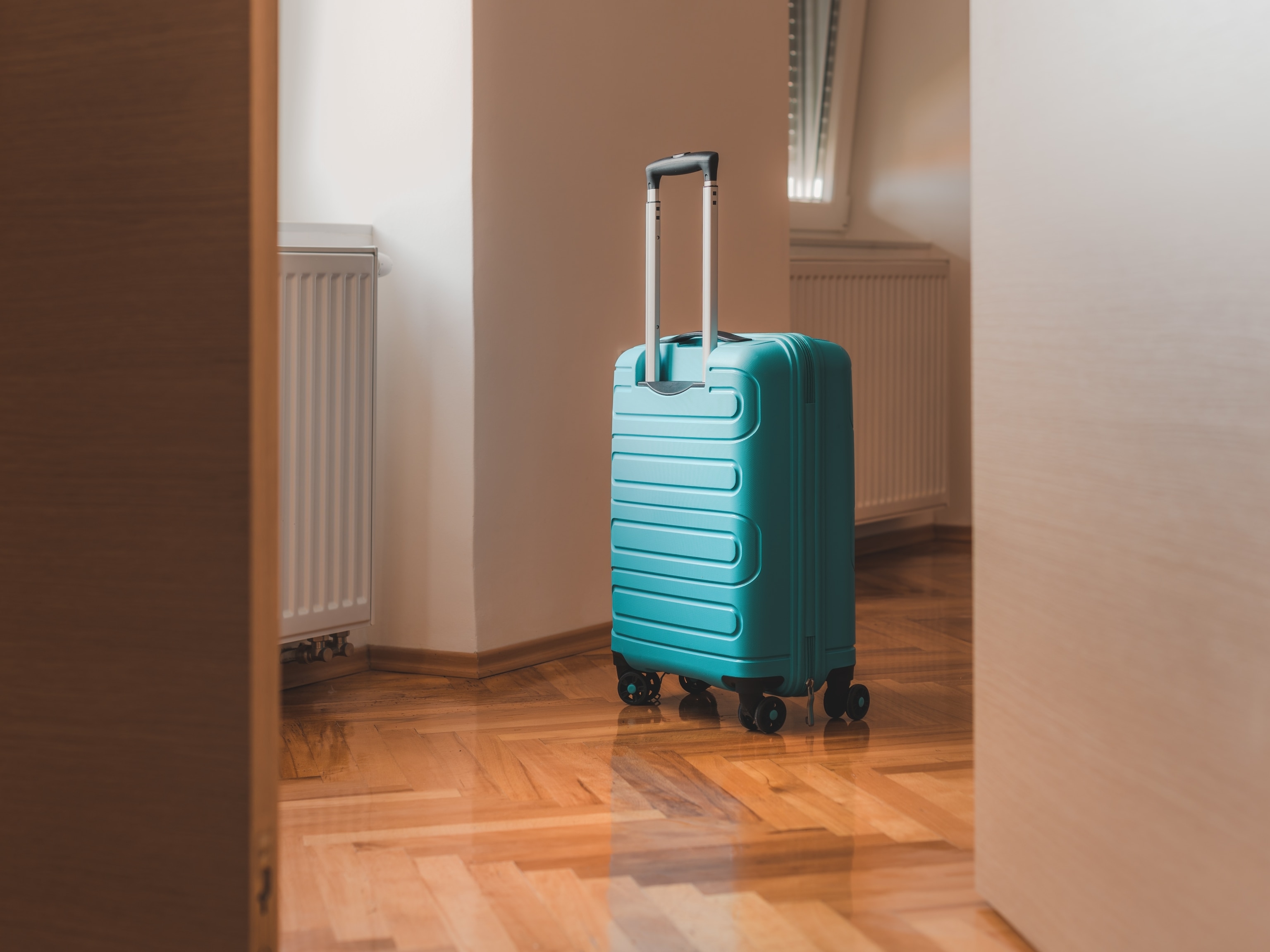

_4x3.jpg)
